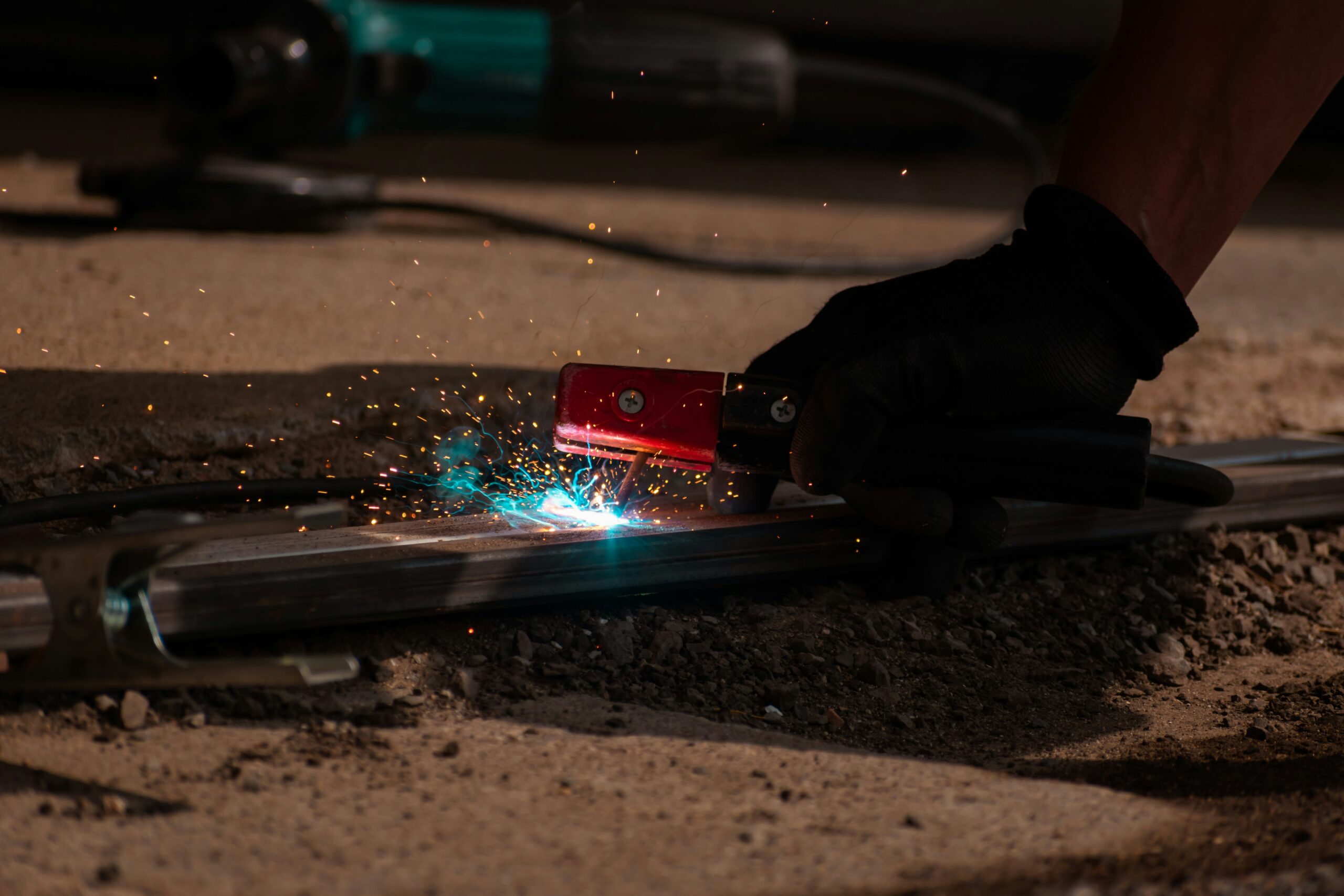From high-pressure refinery piping to hygienic process lines in food plants, every pipe fabrication job carries risk. Hot work, heavy lifts, pressurized testing, and tight field schedules combine to create an environment where one lapse can stop production or injure a craftsperson. Pre-job safety planning is the discipline that keeps those risks under control. It transforms safety from a line-item requirement into an operational advantage that protects people, budgets, and reputations.
Why Pre-Job Safety Planning Deserves Its Own Phase
Project teams often think of safety as a set of rules to follow once welding begins. In reality, effective programs start much earlier. Pre-job safety planning:
- Identifies hazards before they reach the shop or site. Early reviews highlight confined spaces, hazardous materials, or crane access problems that must be engineered out or managed.
- Aligns all stakeholders. Owners, engineers, field supervisors, and subcontractors agree on expectations, documentation, and emergency protocols before mobilization.
- Saves time and cost. Up-front mitigations reduce rework, medical expenses, and schedule overruns that stem from unplanned incidents.
Building a Robust Pre-Job Safety Plan
1. Start With Scope and Design Review
Project managers and safety professionals examine drawings, weld maps, and equipment lists to identify inherent risks. For example:
- Alloy pipe spools that require stringent heat input controls
- Field tie-ins scheduled during live plant operations
- Heavy modular skids to be set near overhead power lines
When risks are mapped early, engineering can adjust designs or add safety barriers rather than leaving mitigation to the craft on site.
2. Conduct a Job Hazard Analysis (JHA)
Using OSHA’s Job Hazard Analysis framework, teams break each task into steps, list potential hazards, and decide on controls. Typical controls include ventilation plans for welding fume extraction, lockout/tagout steps for hydrostatic testing pumps, and nozzle guards for grinding work.
3. Define Roles and Responsibilities
Clear accountability prevents gaps. A best-practice matrix assigns:
| Role | Key Pre-Job Safety Duties |
| Project Manager | Integrate safety into schedule, budget, and subcontractor contracts |
| Safety Manager | Lead JHA sessions, create site-specific safety plan, verify training |
| QA/QC Manager | Align inspection points with safety checkpoints (e.g., pressure test vents) |
| Craft Supervisors | Hold daily safety meetings and verify crew compliance |
| Client Representative | Approve safety plan, participate in audits |
4. Align Training and Competency
Crew members must be qualified for every task described in the plan. Certifications to confirm include:
- SMAW, GTAW, or FCAW process qualifications for welders
- Confined space entry and rescue credentials
- Rigging and signalperson cards for lift coordination
Training documentation is gathered during orientation so that only qualified craftspeople receive task assignments.
5. Plan the Work Environment
Shop Fabrication
- Designated hot-work zones with fire-watch coverage
- Fume extraction hoods positioned over welding bays
- Marked pedestrian aisles segregated from forklift traffic
Field Installation
- Stable laydown areas for spool staging and inspection
- Temporary lighting plans for night shifts
- Barricades around pinch points when cranes swing loads into place
These controls are written into the plan, budgeted, and communicated to all subcontractors.
6. Define Communication Protocols
Real-time information flow keeps the plan alive. Best practices include:
- Kickoff meeting: Safety manager reviews hazards and controls with entire crew.
- Daily Job Safety Analyses (JSAs): Each crew completes a JSA for the day’s tasks, signed by the supervisor.
- Digital reporting: Supervisors submit photos and progress updates to a cloud dashboard that safety and project management can monitor.
The National Safety Council recommends integrating contractor safety management into bidding and daily reporting to close communication gaps nsc.org.
7. Verify Emergency Preparedness
Before fabrication starts, teams walk the job site to confirm:
- Eyewash stations are within 100 ft of chemical use areas
- Fire extinguishers meet minimum ratings and are inspected
- Evacuation routes are posted and clear
- First-aid kits and AEDs are stocked and accessible
Drills are scheduled so crews can practice confined space rescue or fire response without production pressure.
Special Considerations for Field Pipe Fabrication
Working in Live Operating Units
Tie-ins and modifications inside active plants introduce flammable product, high noise, and congested work spaces. Additional controls include continuous gas monitoring, double isolation of process lines, and permits for hot work adjacent to energized equipment.
Remote or Brownfield Sites
Logistics constraints increase response times for emergency services. Pre-job planning must secure satellite communication devices, arrange on-site EMT coverage, and stage spill kits suited to the specific chemicals in use.
Extreme Weather or Seismic Zones
The Payoff: Safety and Productivity Go Hand in Hand
Companies that invest in thorough pre-job safety planning benefit in measurable ways:
| Metric | Typical Improvement After Structured Planning |
| Recordable incident rate | 30-50 percent reduction within a year |
| Rework hours | Up to 25 percent drop because safe work areas are organized and uncluttered |
| Schedule adherence | Fewer stoppages keep critical path activities on track |
| Craft retention | Workers stay with contractors that value their well-being |
These results translate directly to cost savings and greater client confidence.
Bringing It All Together
Pre-job safety planning in pipe fabrication is the foundation that supports every weld, every lift, and every successful turnover package. By starting safety conversations before the first length of pipe is cut, project teams protect workers and safeguard performance targets. The process is systematic yet adaptable, reflecting the unique hazards of each shop bay and job site. When scoped, documented, and communicated correctly, the plan becomes a living guide that helps crews anticipate hazards, react quickly, and deliver quality work without incidents.
Ansgar Industrial embeds this approach on every project. Our safety, quality, and production teams collaborate from kickoff through final inspection, drawing on proven frameworks from OSHA and the National Safety Council while tailoring controls to the realities of heavy industrial construction. The result is consistent performance, lower total installed cost, and a safer workplace for every craftsperson on the job.
